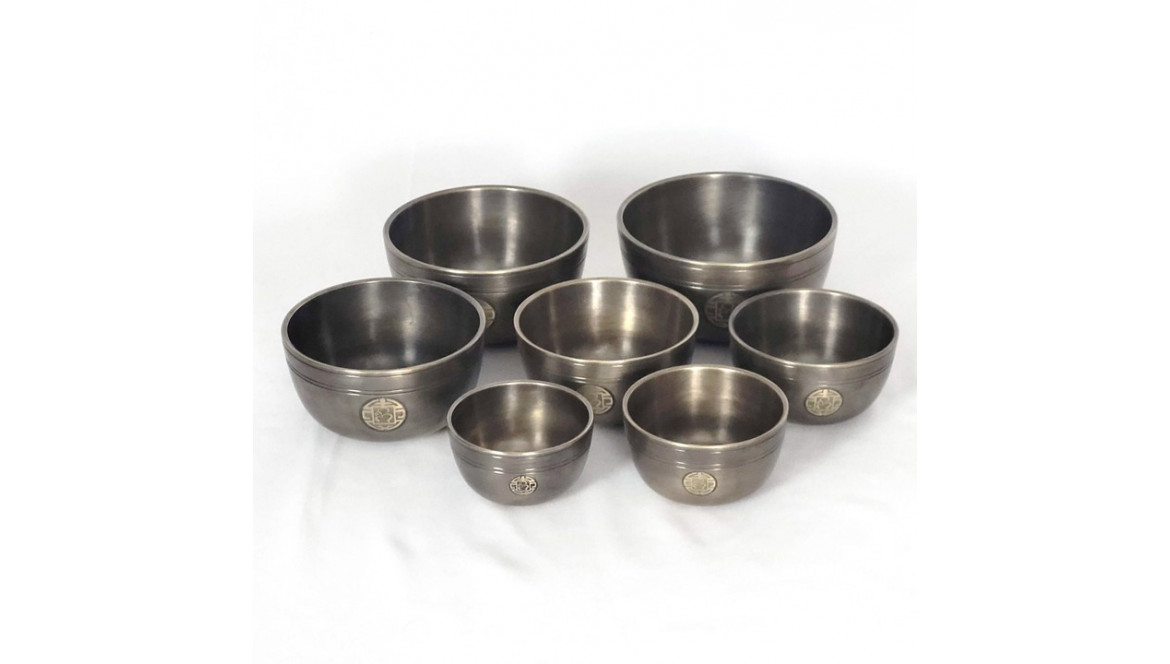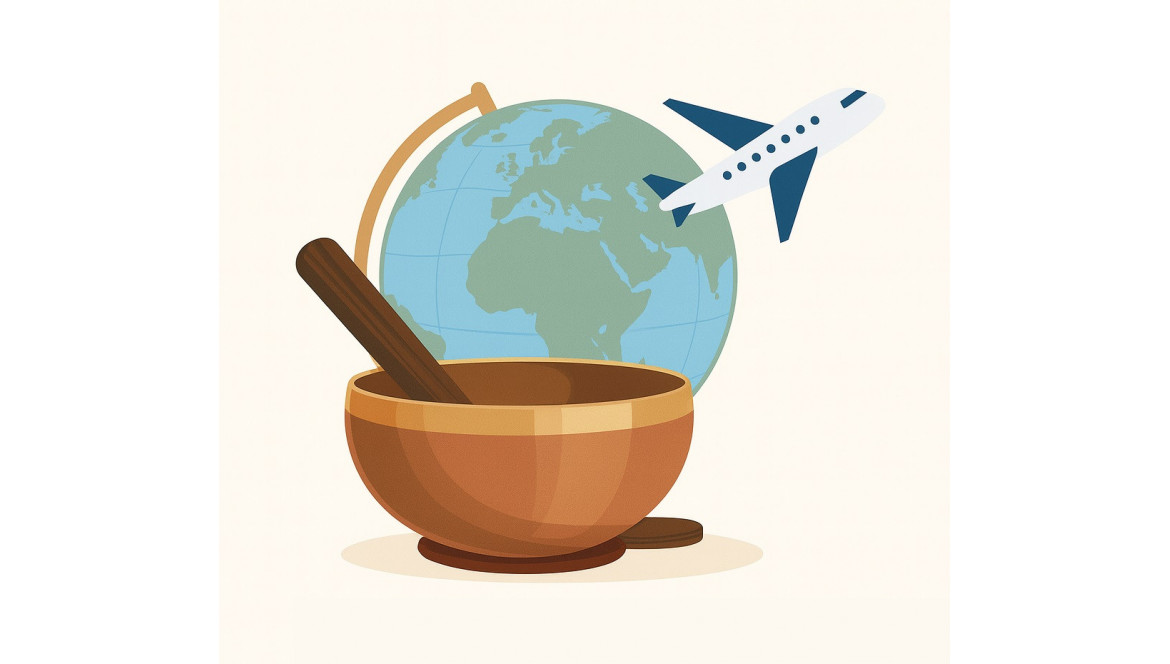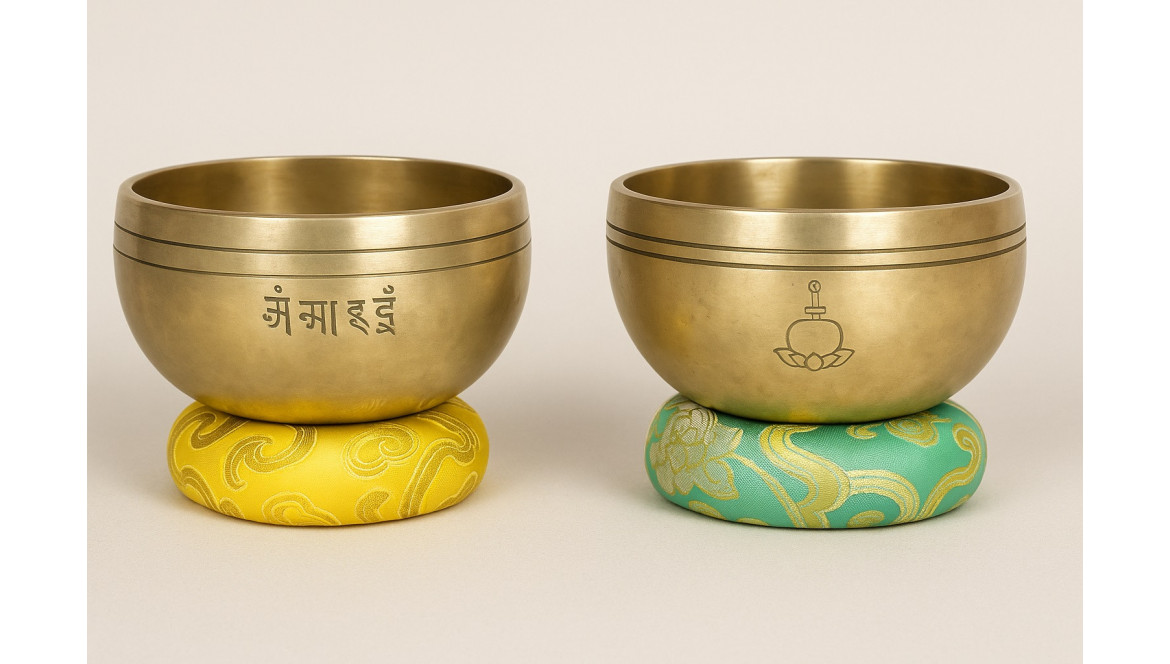The Mystical Shang Bell: A Sacred Instrument of Himalayan Sound Healing

Discover the Shang, a sacred Himalayan bell with deep spiritual and healing significance. Learn about its origins, unique features, and role in ancient sound healing practices.
Sacred Sound: Unveiling the Mystical Shang of Himalayan Traditions
The Profound Legacy of an Ancient Sonic Instrument
In the spiritual landscapes of central Asia, few instruments carry the depth of meaning and transformative power of the Shang—an extraordinary ritual bell that transcends musical boundaries. More than a mere instrument, the Shang represents a sophisticated technology of healing and spiritual communication.
Origins and Spiritual Roots
The Shang's lineage traces back to the ancient Shen priests, emerging from the profound spiritual traditions of Yunnan and Sichuan. Spanning across the Tarim Basin and into the eastern Pamirs, this unique instrument has been a cornerstone of healing practices for millennia.
Distinctive Characteristics
- Two primary sizes: a smaller version and a larger ceremonial bell
- Exclusively used by Spirit Mediums, Shamans, and Bon monastics
- Crafted from a special metallic alloy with extraordinary acoustic properties
- Deeply connected to both peaceful and wrathful spiritual energies
The Healing Potential
Unlike typical musical instruments, the Shang is documented in sacred texts as the only true "sound healing" instrument. Ancient Northern Treasury texts, dating back to the 9th century BC, detail its remarkable capacity to:
- Restore physical and emotional health
- Neutralize spiritual imbalances
- Interact with earth energies
- Enhance personal luck and life elements
Ritual and Spiritual Significance
The Shang is not an instrument to be handled casually. Its use is governed by strict spiritual protocols, reserved for those who:
- Understand complex visualization techniques
- Can recite specific mantras
- Possess deep spiritual knowledge
- Seek purification through the 5 Perfections
Authenticity Matters
Many modern Shangs in the marketplace are considered inauthentic. True Shangs are distinguished by:
- Five tiny Sanskrit letters engraved under the central piece
- A handle covered in white felt and leather
- A specific alloy composition known only to traditional craftsmen
Playing the Shang: More Than a Musical Act
The performance of the Shang is a profound spiritual practice:
- Always held upturned
- Moved with intentional directionality
- Played with specific visualization and energetic intent
- Used to "destroy obstacles" and clear spiritual spaces
A Vanishing Tradition
The original Shang-making tradition is rapidly disappearing. Statue-making guilds have historically melted down authentic Shangs to create Buddhist statuary, essentially erasing the antique market. Modern reproductions lack the spiritual and metallurgical sophistication of their ancestors.
A Brief Connection to Tingshas
While different from the Shang, Tingshas—small hand-held cymbals used in Tibetan Buddhist practices—share a similar spiritual lineage of sound as a transformative medium. Both instruments represent the deep understanding of vibrational healing in Himalayan spiritual traditions.
Conclusion
The Shang stands as a testament to an intricate spiritual technology, a sonic instrument that bridges physical healing, spiritual transformation, and ancient wisdom. Its continued study and preservation offer a window into a profound understanding of sound, energy, and consciousness.
In Same Category
- How to Safely Transport Multiple Singing Bowls | Healing Singing Bowls
- Understanding Tingshas: Their History, Components, and Practical Uses
- Difference Between Wind Gong and Chau Gong
- A History of Gong: The Art and Culture of Gong Making
- The Enchanting World of Tibetan Bells: History, Craftsmanship, and Uses









Comments
No comment at this time!
Leave your comment